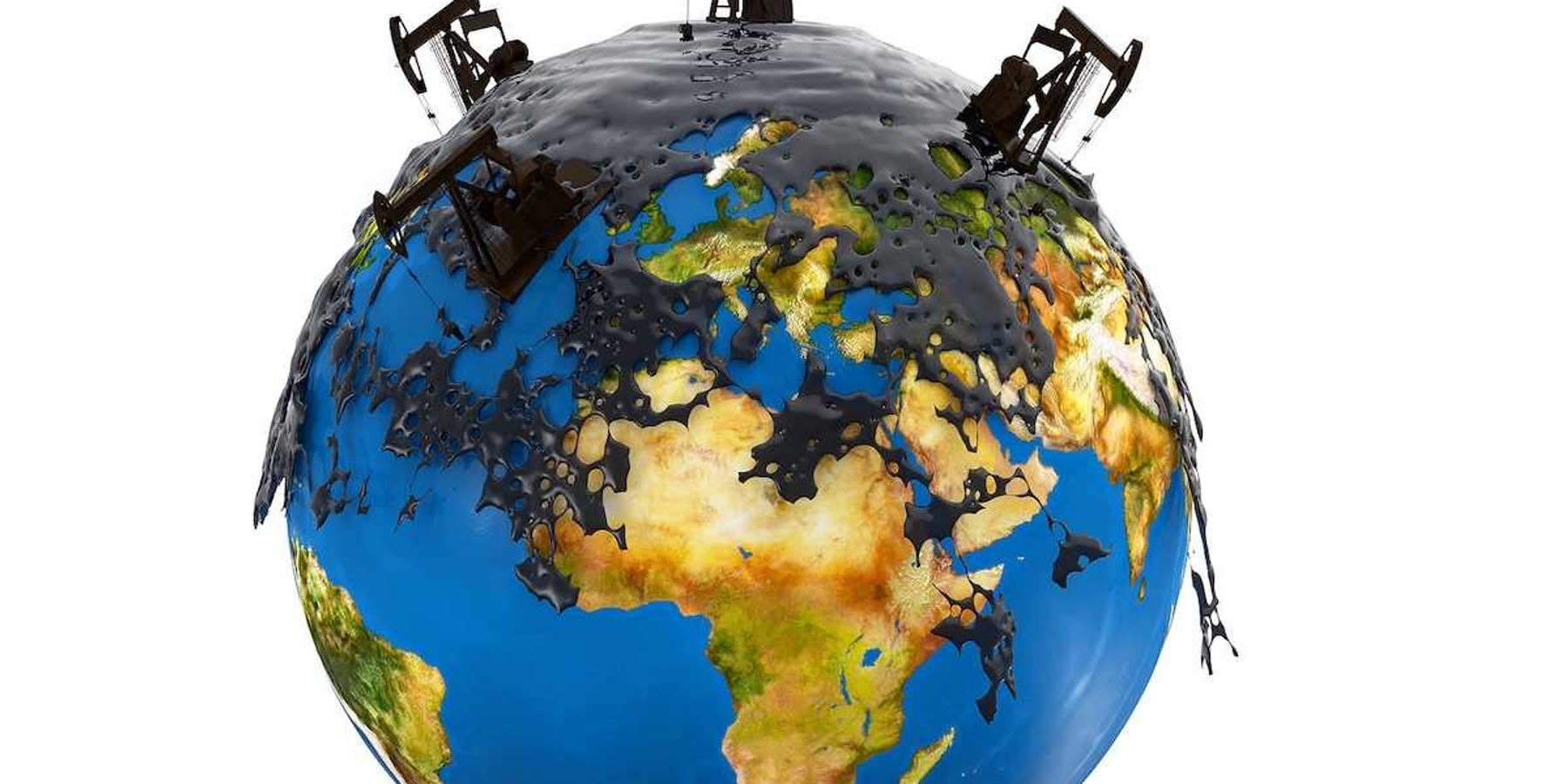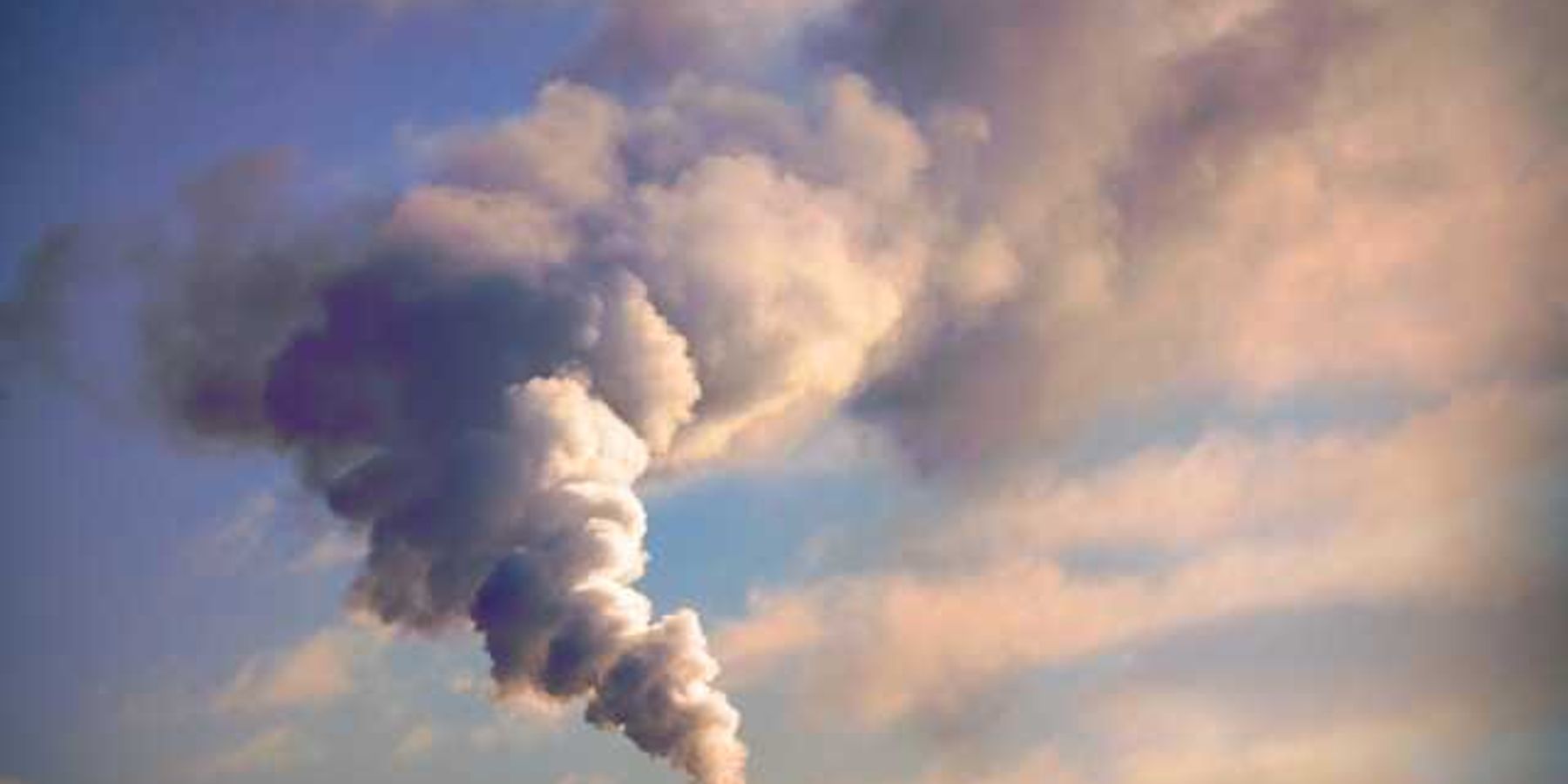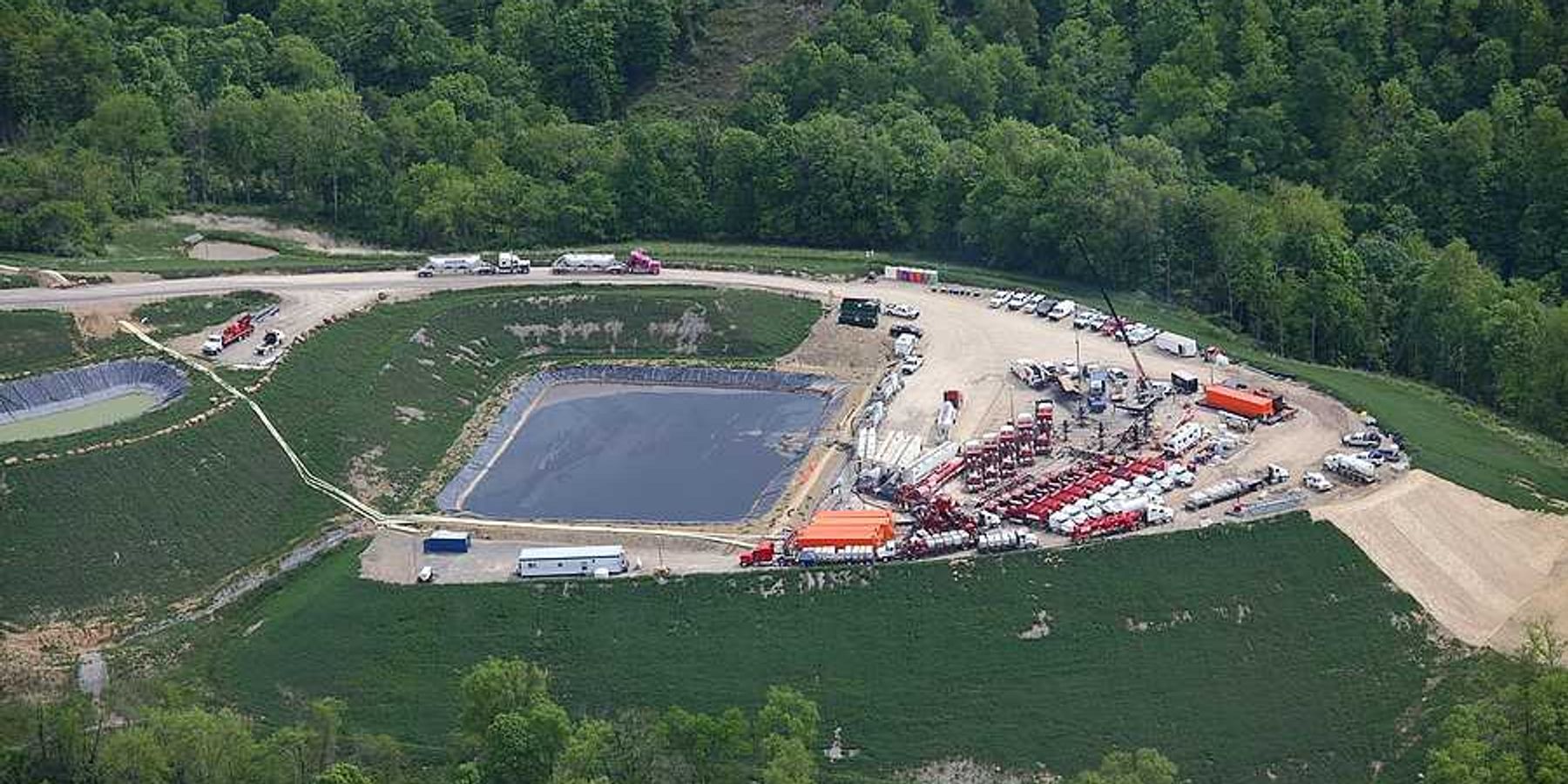Big tech’s water-guzzling data centers are draining some of the world’s driest regions
Amazon, Google, and Microsoft are expanding data centers in areas already struggling with drought, raising concerns about their use of local water supplies for cooling massive server farms.
Luke Barratt and Costanza Gambarini report for The Guardian.
In short:
- The three largest cloud companies are building or operating 62 data centers in regions facing water scarcity, including in Spain, Arizona, and other drought-prone areas across five continents.
- Amazon’s new centers in Spain’s Aragon region are licensed to use enough water to irrigate hundreds of acres of farmland annually, and the company has requested a 48% increase in water for its existing sites.
- Tech firms promise to become “water positive” by 2030, but experts and even internal critics say offsetting water use elsewhere doesn’t solve shortages in the communities where centers operate.
Key quote:
“Neither people nor data can live without water. But human life is essential and data isn’t.”
— Aurora Gómez, Tu Nube Seca Mi Río
Why this matters:
Data centers are the invisible engines of the internet — processing everything from emails to AI, video calls to cloud storage — but they come with a physical footprint. That footprint includes massive energy use and a surprising dependence on fresh water to keep machines cool. In places where droughts are worsening with climate change, the demands of these centers are clashing with local needs for drinking water and agriculture. Some of these regions are already edging toward desertification, and water-intensive industries like tech may tip them further. Critics worry that promises of sustainability are greenwashing efforts that mask the environmental costs of maintaining digital infrastructure.
Read more: AI’s rising energy needs could overwhelm climate efforts without better oversight













